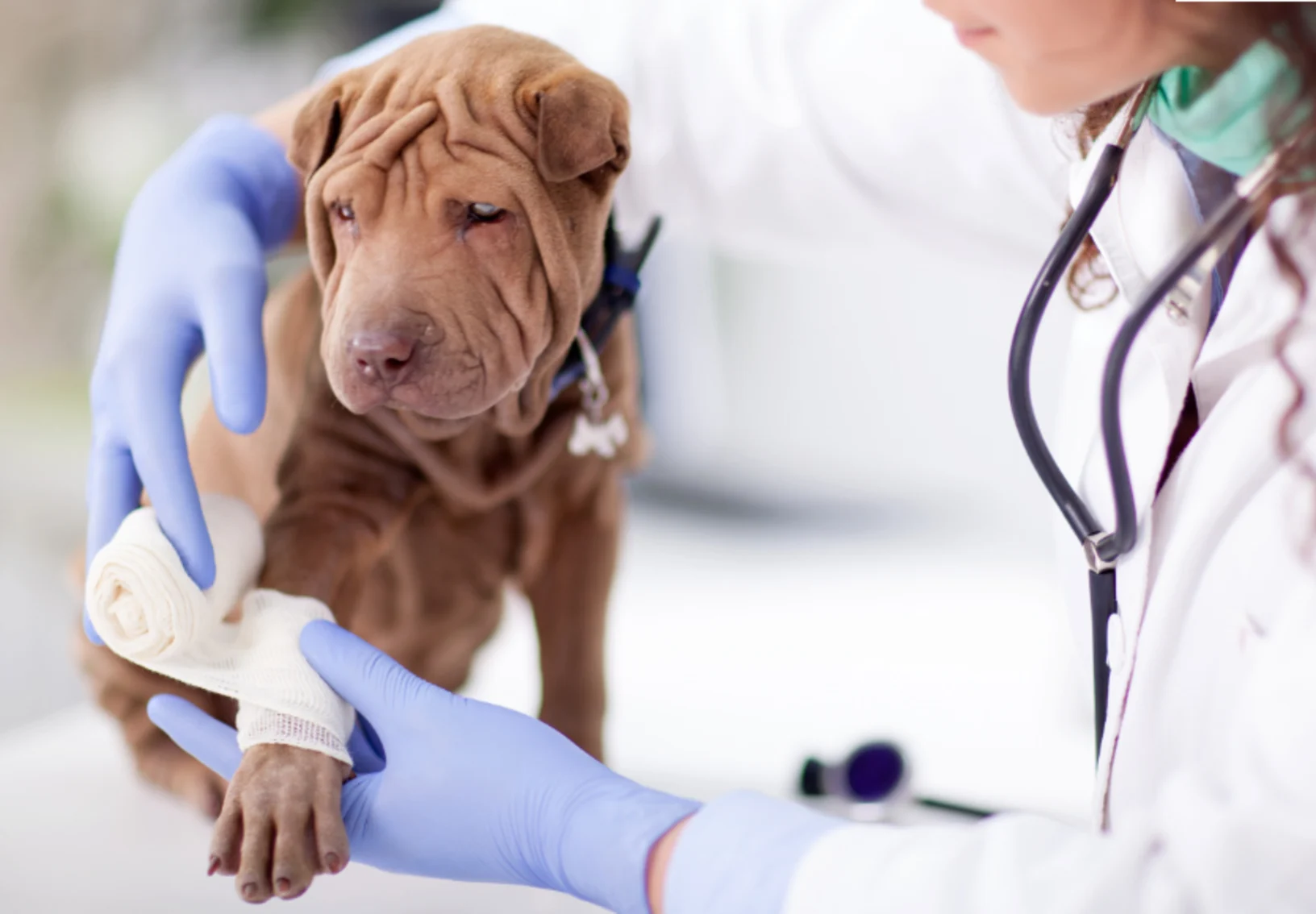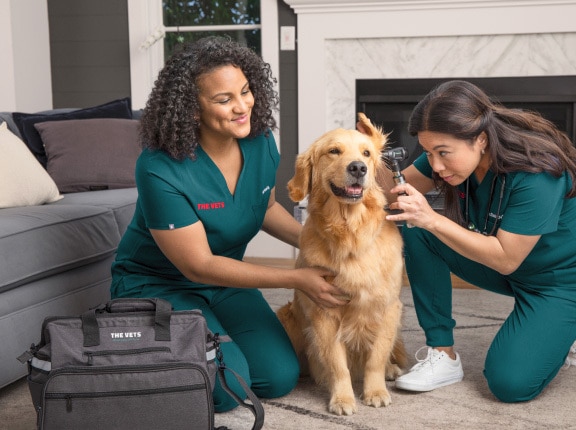Most Common Emergency Surgeries Performed at animal emergency care bellingham Centers
Most Common Emergency Surgeries Performed at animal emergency care bellingham Centers
Blog Article
Everything About Veterinarian Surgical Treatment: Understanding the Significance of Professional Take Care Of Your Pets
Veterinary surgical treatment is a vital part of pet dog medical care. It incorporates various procedures, from routine optional surgical procedures to immediate treatments. Recognizing the intricacies of these surgical treatments can help family pet owners make notified choices. The preparation, implementation, and healing phases are vital for ensuring the health of animals. With appropriate expertise, proprietors can browse the complexities of veterinary care. What factors should be thought about before a pet dog undergoes surgical treatment?
Kinds Of Veterinarian Surgeries
When a pet requires surgical intervention, recognizing the numerous sorts of vet surgeries can help pet proprietors make educated choices. Veterinary surgical treatments can be broadly categorized into three main types: elective, urgent, and emergency surgeries. Optional surgical treatments, such as spaying or neutering, are intended treatments that are not quickly serious. Immediate surgical procedures, like those for foreign body elimination, need to be performed soon however are not serious in the minute. Emergency surgeries, such as those dealing with serious trauma or interior bleeding, are crucial and call for prompt attention.Additionally, surgical procedures can vary in intricacy, varying from minimally intrusive laparoscopic treatments to more comprehensive open surgical procedures. Each kind of surgery brings its own threats and healing procedures. Recognizing these classifications permits family pet proprietors to engage in significant conversations with veterinarians, causing much better results for their beloved pet dogs.
Planning for Your Pet dog's Surgery
Getting ready for a family pet's surgical procedure entails a detailed checklist to ensure all fundamentals are covered. Efficient interaction with the veterinarian is important for understanding the procedure and any type of essential pre-operative steps - canine tplo surgery. Furthermore, having clear post-operative treatment guidelines will certainly help proprietors offer the most effective support for their recovering pets
Pre-Surgery List Fundamentals
Guaranteeing a smooth surgical experience for a pet dog calls for careful preparation and focus to information. A pre-surgery checklist is necessary for pet dog proprietors to follow. Verifying the set up surgery day and time is important. Owners must also verify that their animal has not eaten according to the veterinarian's directions, commonly for 8-12 hours before surgical treatment. Collecting necessary clinical documents, including inoculation history, is essential for the veterinarian's review. It is additionally suggested to prepare a comfy area in your home for the family pet's healing after surgery. Ultimately, proprietors need to have a plan for transportation to and from the vet facility, seeing to it that the pet is secure and comfortable throughout the journey. Following these steps can substantially enhance the medical experience.
Connecting With Your Veterinarian

Effective communication with the veterinarian is essential for a successful surgical experience for pet dogs. Owners must be prepared to discuss their animal's clinical history, including any kind of pre-existing conditions, medicines, and allergies. This details aids the vet examine dangers and customize the surgical plan appropriately. Furthermore, pet proprietors need to ask questions concerning the procedure, anesthesia, and anticipated outcomes to guarantee they completely understand the process. Clarifying any type of doubts can relieve anxiousness for both the pet and the proprietor. It is likewise crucial to communicate any behavioral adjustments or issues observed in the pet dog leading up to the surgical treatment. Eventually, clear dialogue promotes depend on and collaboration, making sure that animals obtain the most effective feasible care throughout their medical journey.
Post-Operative Treatment Directions
After talking about the surgery with the vet, pet owners need to focus on post-operative care instructions to promote a smooth recovery for their family pets. These directions typically include keeping track of the medical website for indications of infection, such as redness or discharge. Pets might require to be kept one's cool and restricted to stop too much activity that might interrupt recovery. Discomfort monitoring is essential, so owners need to comply with the veterinarian's support on administering medications. In addition, nutritional constraints might be recommended to prevent intestinal upset. Routine follow-up visits are essential to assure proper healing and address any type of concerns. By adhering to these post-operative care instructions, pet owners can greatly add to their animal's healing and total health.
The Surgery Explained
The surgery for pets incorporates important steps that guarantee their safety and security and healing. Pre-surgery preparations are necessary for reducing threats, while post-operative care standards play an essential role in promoting recovery. Understanding these components assists pet dog owners browse the medical experience better.
Pre-Surgery Preparations
Before a pet undergoes surgery, a number of important prep work must occur to guarantee a secure and successful procedure. A complete veterinary examination is crucial to analyze the family pet's general wellness and determine any possible risks. This might include blood tests, imaging, or various other diagnostics. The veterinarian will likewise go over anesthetic alternatives customized to the family pet's details requirements. Furthermore, animal owners are generally advised to withhold food and water for a defined time before surgical treatment to lessen the danger of difficulties during anesthetic. It's vital for proprietors to supply a total case history, consisting of any kind of drugs or allergies, making sure the surgical team has all necessary information. Proper interaction and adherence to pre-surgery standards can greatly enhance the outcome of the treatment.
Post-Operative Care Standards
Proper post-operative treatment is necessary for making sure a pet's recuperation adhering to surgery. After the procedure, family pets should be kept an eye on very closely for any indicators of complications, such as extreme blood loss, swelling, or uncommon habits. It is necessary to adhere to the veterinarian's instructions concerning drugs, including painkiller and prescription antibiotics. Pets must be maintained in a peaceful, comfy environment to reduce tension and promote recovery. Restricting task is important; short, leashed strolls may be needed, yet jumping or running should be avoided. Normal follow-up consultations ought to be arranged to evaluate the healing process. In addition, the medical website should be kept tidy and completely dry, with any type of signs of infection reported to a veterinarian without delay. Abiding by these guidelines boosts recuperation outcomes.
Anesthesia and Discomfort Monitoring
Reliable anesthesia and discomfort management are necessary elements of vet surgical treatment, ensuring that family pets stay comfortable and safe throughout the procedure. Vets assess each family pet's specific demands, considering variables such as age, weight, health standing, and the kind of surgical treatment being website performed.Anesthesia procedures usually consist of a combination of pre-anesthetic medications, induction representatives, and inhalant anesthetics, permitting exact control over the pet's level of awareness. Surveillance during surgical treatment is crucial; veterinarians continuously observe vital indicators to resolve any type of potential issues promptly.Pain administration strategies might include opioids, non-steroidal anti-inflammatory medications (NSAIDs), and local anesthetics, customized to the animal's particular scenario. This diverse approach aids lessen discomfort and promotes a smoother medical experience. By prioritizing efficient anesthesia and pain administration, veterinary professionals boost the total well-being of family pets going through operations, guaranteeing they receive the highest possible criterion of treatment.
Post-Operative Care and Healing
Complying with surgical treatment, the emphasis moves to post-operative care and recovery, which is crucial for making sure a pet's risk-free return to regular activities. Throughout this duration, animals need a silent, comfy environment to aid healing. Proprietors need to closely monitor their pet dogs for any type of indications of pain or uncommon behavior.Veterinary standards typically include certain directions associated with medication administration, injury care, and dietary modifications. It is crucial to follow these recommendations to reduce difficulties and advertise healing. Pet dogs may need to be limited from energetic tasks, such as running or leaping, during their healing period (tplo surgery).Regular follow-up appointments with the veterinarian permit tracking of the pet dog's progress and timely modifications to the treatment plan. Supplying psychological support and friendship can also improve a pet's recuperation experience, assisting to alleviate anxiety and stress and anxiety. Overall, thorough post-operative care plays a substantial role in achieving a successful healing
Identifying Complications After Surgical Treatment
How can pet dog proprietors determine problems after surgical procedure? Recognition of specific indicators is necessary for ensuring the health of animals during healing. Typical indicators consist of excessive swelling, redness, or discharge at the medical site, which might represent infection. Additionally, persistent discomfort, suggested by whining or reluctance to relocate, must trigger immediate interest. Changes in cravings or water consumption can additionally show difficulties; a reduction in these behaviors may indicate pain or distress.Moreover, family pet proprietors need to check their family pets for any uncommon behavior, such as sleepiness or trouble breathing, as these can be signs of major issues. Vomiting or diarrhea complying with surgical treatment may require urgent veterinary analysis. Recognizing these difficulties early can greatly impact a pet's recovery process, highlighting the value of watchfulness and prompt communication with a vet for any concerning signs.
The Role of Veterinary Experts in Surgical Treatment
Veterinary experts play an essential duty in making sure the safety and security and success of procedures for pet dogs, specifically adhering to surgical treatment when keeping track of and care are vital. These experts include vets, vet specialists, and assistance personnel, all of whom contribute specialized abilities to the medical process.Before surgery, veterinarians carry out comprehensive analyses to analyze the pet's wellness, making certain that any type of underlying problems are taken care of. During the procedure, the surgical group offers anesthesia, maintains sterilized environments, and monitors crucial indications, all vital for decreasing risks.Post-operative treatment is just as considerable; veterinary specialists observe for problems, manage discomfort, and guide owners on recovery practices. Their proficiency allows them to acknowledge very early indicators of distress or infection, making certain prompt treatment. Ultimately, the collective initiatives of veterinary experts in medical treatment cultivate a secure setting, promoting the health of pet dogs throughout the surgical trip.

Regularly Asked Inquiries
Exactly how Do I Choose the Right Veterinary Cosmetic Surgeon for My Pet dog?
Selecting the ideal veterinary doctor involves researching qualifications, reading testimonials, and reviewing the clinic's setting. It is important to review the cosmetic surgeon's experience with details treatments and their communication style when deciding.
What Prevail Misconceptions About Veterinarian Surgeries?
Common misconceptions concerning vet surgical procedures consist of beliefs that they are always high-risk, unnecessary, or only for emergency situations. Many family pet owners take too lightly the advantages of preventive treatments and the ability associated with vet medical care.
Just How Much Will My Pet dog's Surgery Cost?
The expense of a pet dog's surgical procedure can vary substantially based upon variables such as the sort of treatment, the vet's experience, and geographic area (emergency vet). Normally, costs range from a couple of hundred to several thousand dollars

Can My Pet Dog Eat Before Surgical Treatment?
Before surgical treatment, it is usually recommended that animals abstain from consuming for a specific duration. This fasting helps in reducing the risk of problems throughout anesthetic. Owners need to consult their veterinarian for precise instructions tailored to their pet's needs.
What happens if My Family Pet Has Pre-Existing Health And Wellness Issues?
When a family pet has pre-existing wellness problems, it's important for the vet to evaluate these factors before surgical procedure. This evaluation warranties ideal preventative measures are taken, lessening threats and optimizing the pet dog's general safety throughout the procedure.
Report this page